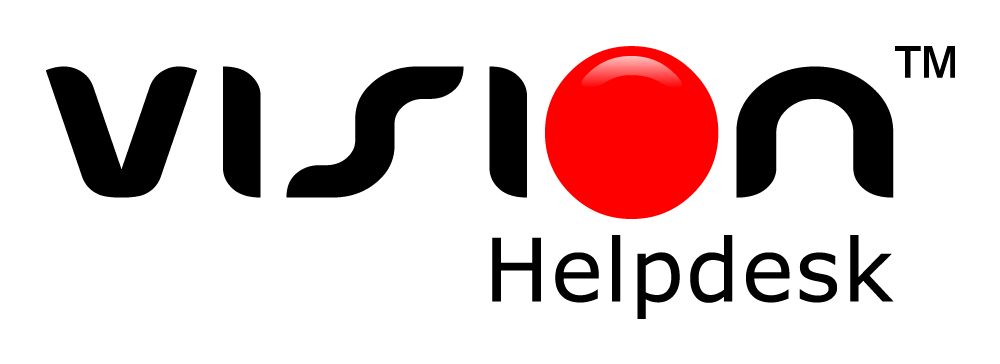
Every business’s goal is to increase their return on investment (ROI). No business owner wants to waste money, products, labor, or resources. However, without proper oversight and asset management, this can happen.
The IT infrastructure represents just one segment of a business’s assets. IT infrastructure refers to a company’s “entire collection of hardware, software, networks, data centers facilities and related equipment used to develop, test, operate, monitor, manage and/or support information technology services.” Some of the assets included in IT are:
- Hardware components
- Software development, maintenance, and release
- IT Services
- Company-owned information including service catalogs
Using asset management software is critical for every company that is interested in saving money and time. Why is asset management so important for businesses? By efficiently tracking, maintaining, and disposing of assets, business’s have time and resources to grow the company. Utilizing CRM software such as the one Vision Helpdesk offers, CEOs are better equipped to make strategic decisions about investments. By understanding the life cycle of assets, IT asset managers optimize future purchases eliminating redundant spending or waste.
How does CRM software help with asset management?
If you think about how the life cycle of a product works, you will see how relevant automation is for a business.
Manages Inventory: Consider the small business owner several years ago. Maybe he runs a heating and cooling business and keeps an inventory of furnaces, air conditioners, sheet metal, duct work, filters, and so on. As his business grows, it becomes difficult for him to know exactly all that he has in the warehouse. When someone calls in for a certain part, he may need to go out and physically see whether he has the item or not. This can be bothersome and could result in losing customers. However, with CRM software, the business owner simply logs on and checks his computer to see what he has. Asset management software is not only a database of inventory you have on hand, it does much more.
Tracks location: Let’s say your company has several departments or locations for assets. Imagine the headache and time if staff needs to verify information about the assets or check them out for maintenance reasons. If, for example, the asset in question are printers and the IT asset manager is trying to determine if they need to be replaced. The task is much easier when CRM software provides a structure for the assets a company has and the location of each one.
Tracks and manages Configuration Items (CIs): CIs are defined as any “service component, infrastructure element, or other item that needs to be managed in order to ensure the successful delivery of services.” Manage your configuration items with ease through CRM software. With an asset management component users have these benefits:
- Greater ability to categorize CIs.
- Add custom fields for CIs. For example, you may want to add warranty information or hardware configurations in a custom field.
- View inter connectivity of CIs with other configured items. This enables the user to get a more holistic view of the assets.
- Connect or associate the CIs with problems, changes, incidents, or releases.
Record expenses and maintenance: Every asset is associated with expenses beyond the initial cost. There are maintenance, depreciation, and other costs that assets incur. When determining whether an asset is no longer a good value, the asset manager needs to have a record of past and ongoing expenses.
Optimizing your asset management strategy has never been simpler with CRM software. As you have a better handle on the true value (or lack thereof) of IT assets, you will be in a better position to make decisions for the business. Asset management is a crucial aspect to any business.
Asset Management Components
Several components work together to facilitate the asset management software. They are as follows:
Service catalog: A listing of IT services are made available on the customer’s dashboard. Generate automated tickets for customers requesting IT service to save time as well as keep a log of services used.
Product catalog: Similar to the service catalog, but this catalog features all the products you use to operate business. Conveniently view multiple vendors at once to get the best price.
Vendor management: Discover the ease of facilitating all you activities with your company’s suppliers. Asset management software allows you to view all your data about a vendor in one place as well as track the vendor’s performance.
Financial management: One important component of asset management is the financial flow in the business. With CRM software companies can track and manage financial dealings in an organized manner. For example, managers can see in a glance what the book value is of every CI as well as view different pre-set depreciation formats. Choose from declining balance, straight-line method, or sum-of-years digits method. In addition, easily manage your expenses with CRM.
Contract Management: Most companies manage multiple contracts with various third parties. This can be confusing to keep track of without a powerful database. Receive an overview of the entire contract process from who approves the contract to the cost and duration of contracts. CRM allows greater integration with other systems so managers may see what CIs are affected.
Configuration Management Database (CMB): A configuration management database provides a central location for data. It houses and manages data for information technology. The CMB is helpful in allowing managers to view the relationship between different CIs and analyze their impact.
As managers work to optimize business assets, investing in CRM software is a wise move. At Vision Helpdesk, we help companies with asset management solutions. Contact us today and discover a more efficient way to manage assets.
Vision Helpdesk: Simplify Your Life
signup for 30 days free trial.. no credit card. no obligation

Join the conversation